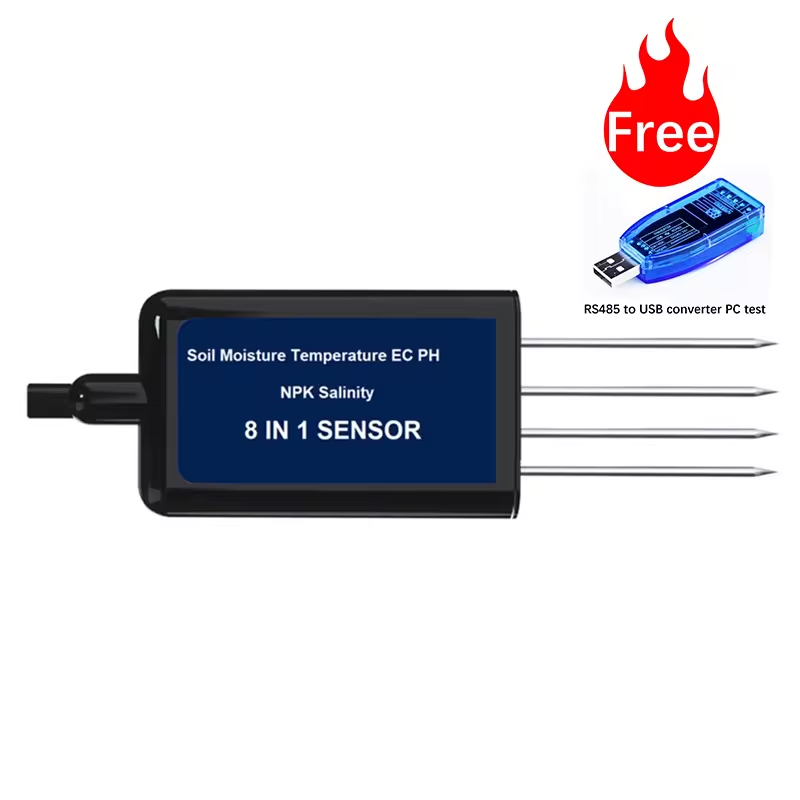Plans to eventually equip all snowpack telemetry stations in Idaho to measure soil moisture could help water-supply forecasters and farmers.
USDA’s Natural Resources Conservation Service operates 118 full SNOTEL stations that take automated measurements of accumulated precipitation, snow-water equivalent, snow depth and air temperature. Seven others are less elaborate, taking fewer types of measurements.
Soil moisture affects runoff efficiency in that water goes into the ground where needed before it advances to streams and reservoirs.
Half of the state’s full SNOTEL stations have soil-moisture sensors or probes, which track temperature and saturation percentage at several depths.
The data “help us most efficiently understand and manage the water resource” and inform “an important data record that we hope is more valuable as we gather more data,” said Danny Tappa, NRCS Idaho snow survey supervisor in Boise.
Equipping all SNOTEL sites in the state to measure soil moisture is a long-term priority, he said.
The project’s timing depends on funding, Tappa said. Installing new stations or sensors, upgrading communications systems to cellular and satellite technology, and general upkeep have been more pressing needs recently.
“We recognize soil moisture is an important part of the water budget, and eventual streamflow,” he said.
“We are aware that there are certain areas where soil moisture interaction with streamflow is critical,” Tappa said.
Idaho’s SNOTEL system would benefit if all stations are equipped with soil-moisture instruments, said Shawn Nield, NRCS state soil scientist. Ideally, snow survey staff would have a dedicated soil scientist responsible for the system and its data record.
Streamflow forecast accuracy improved by about 8% where soil-moisture sensors were used, he said, citing research by hydrologists and university staff in Utah, Idaho and Oregon.
Knowing the extent to which the soil profile is satisfied benefits farmers and others, Nield said“More and more often, we hear about farmers using soil-moisture sensors for efficient management of irrigation water,” he said. Prospective benefits range from running pumps less — thus using less electricity and water — matching volumes to crop-specific needs, and reducing the risk that farm equipment gets stuck in mud.
Post time: Apr-12-2024

